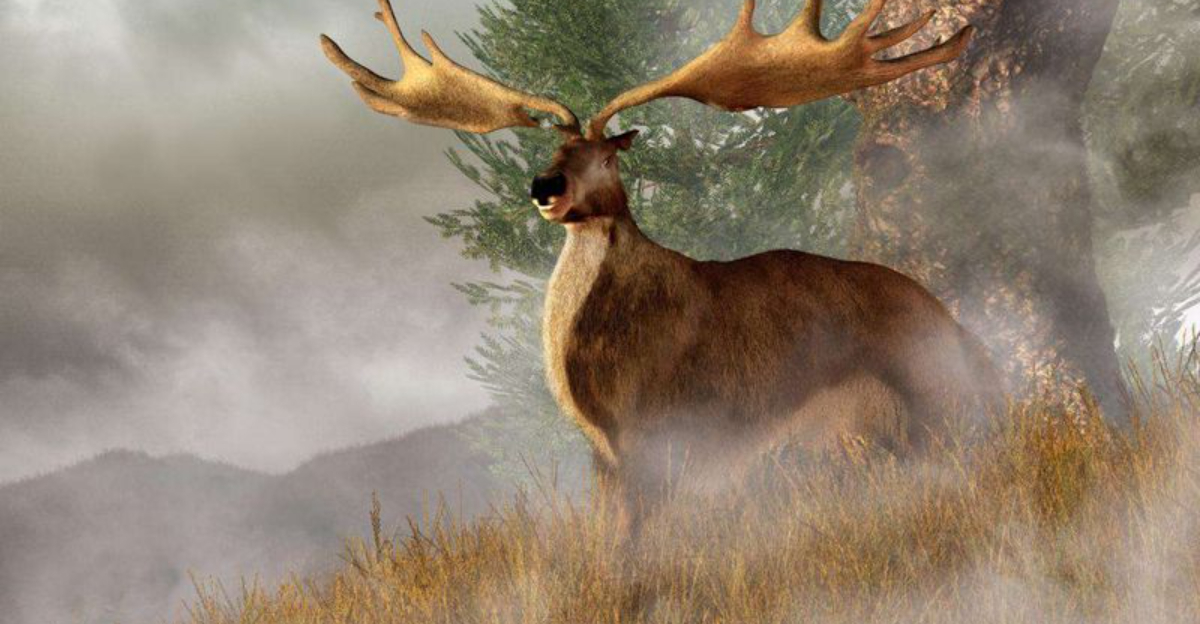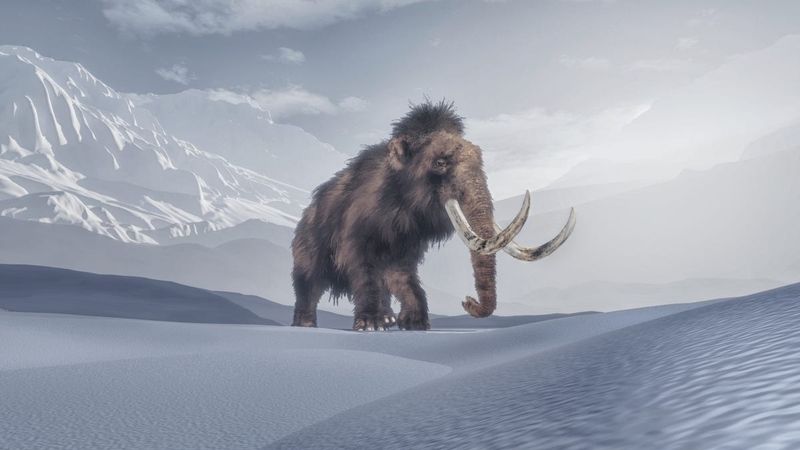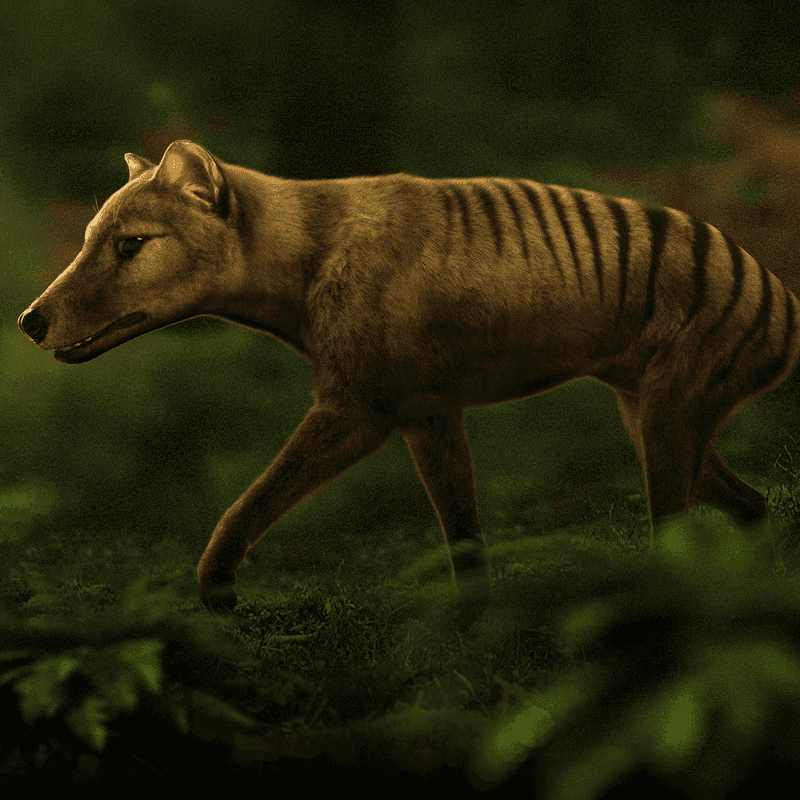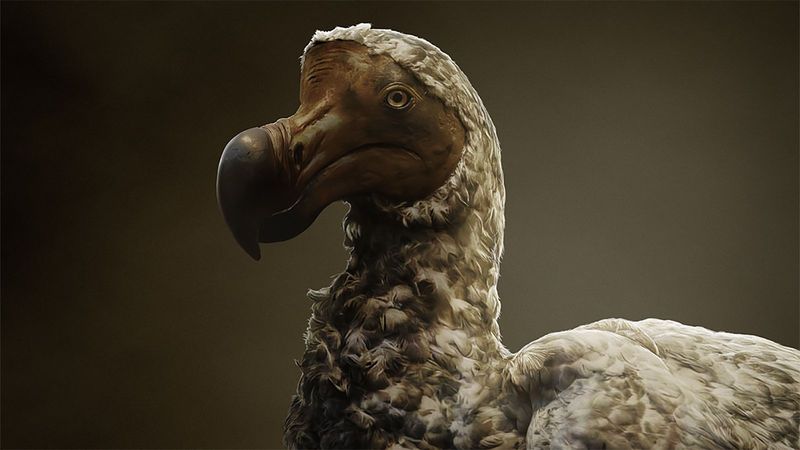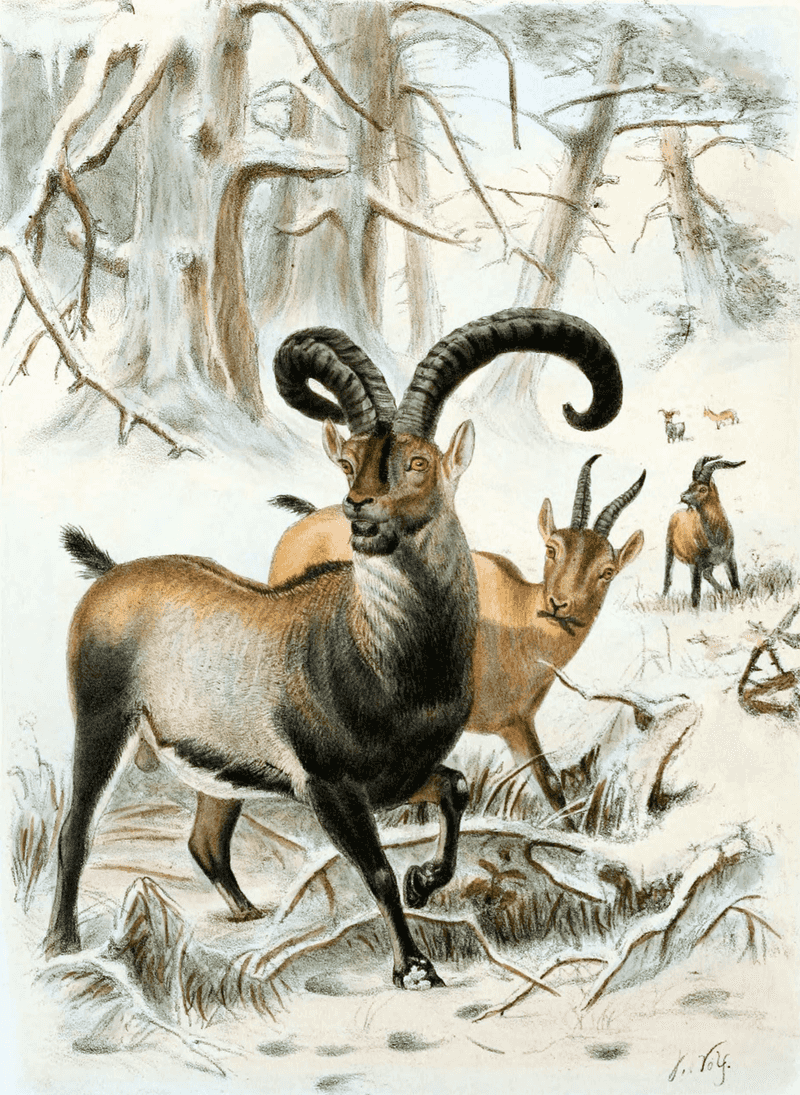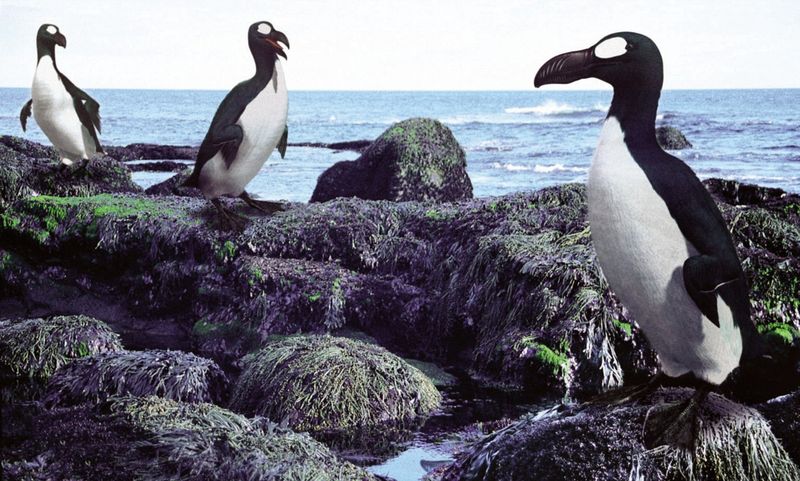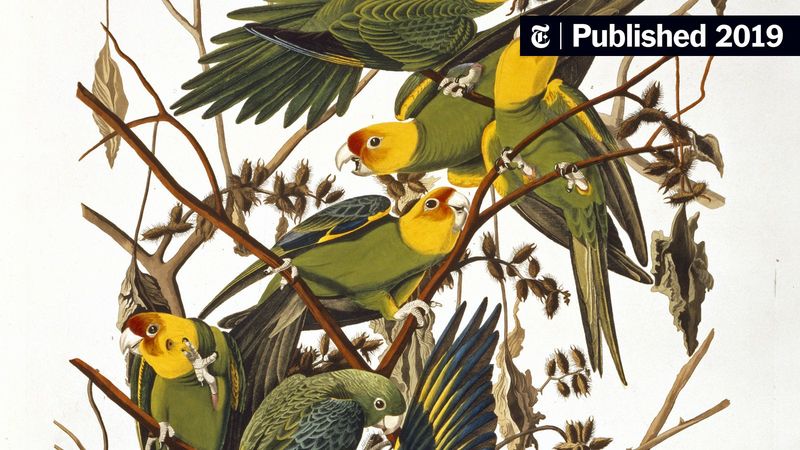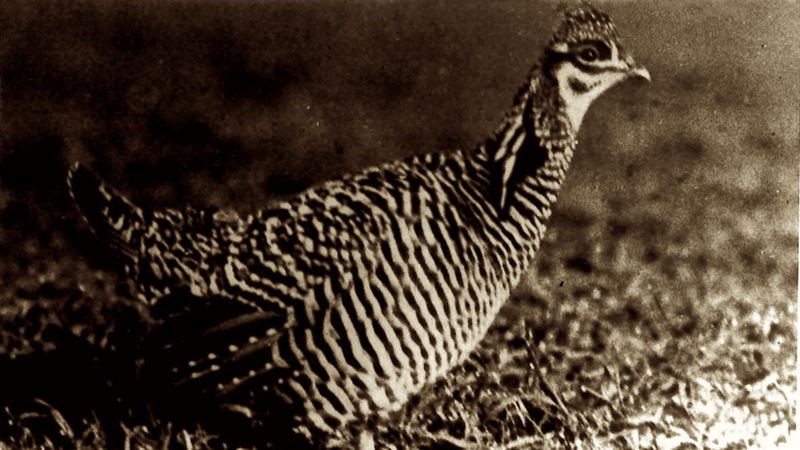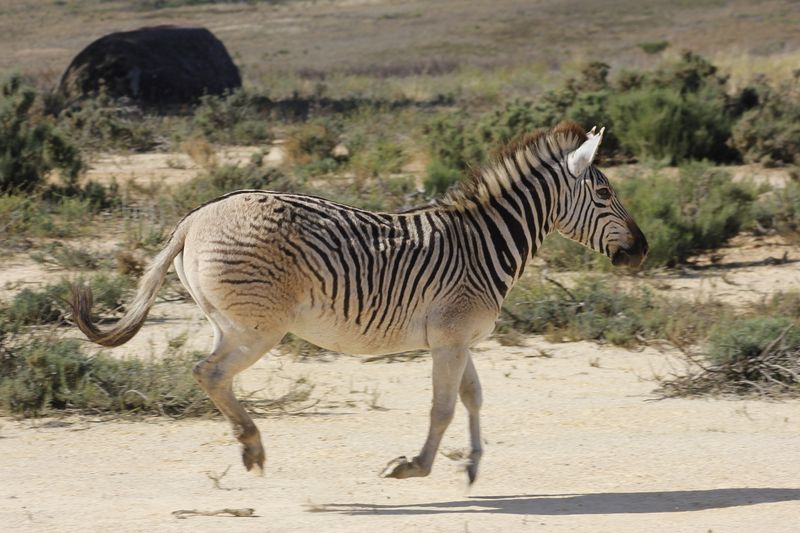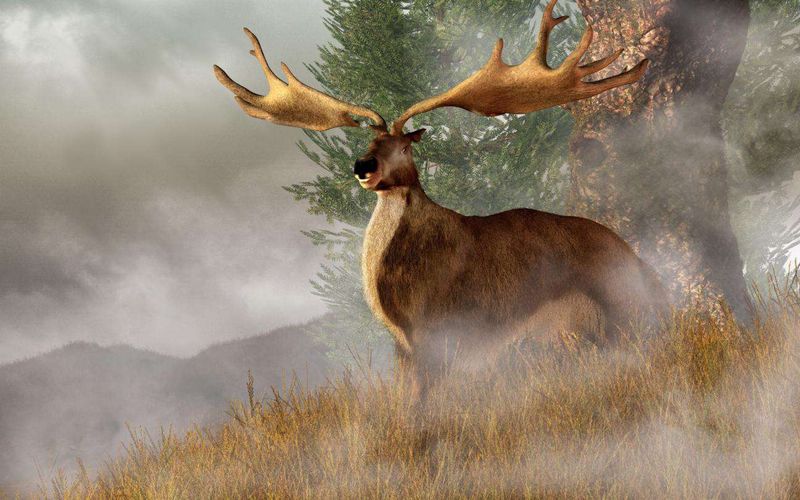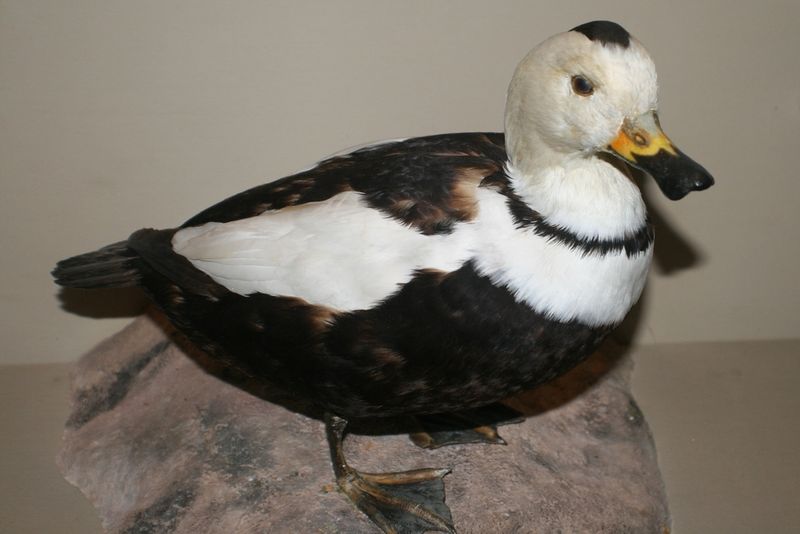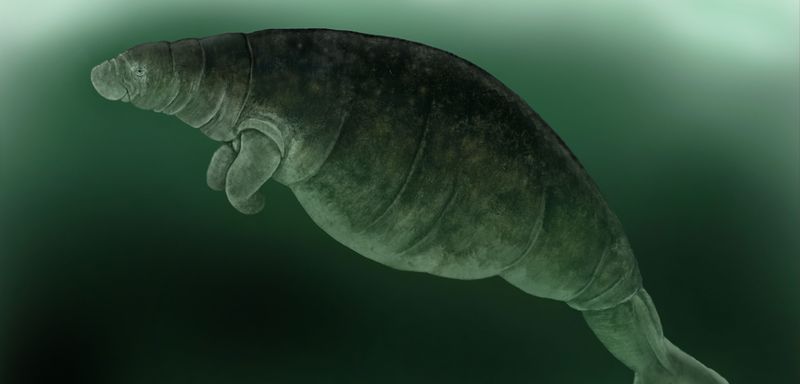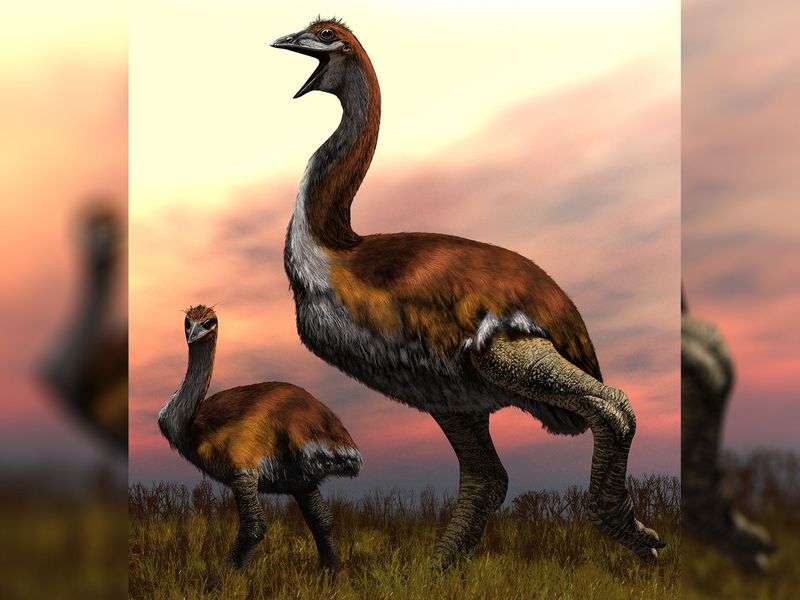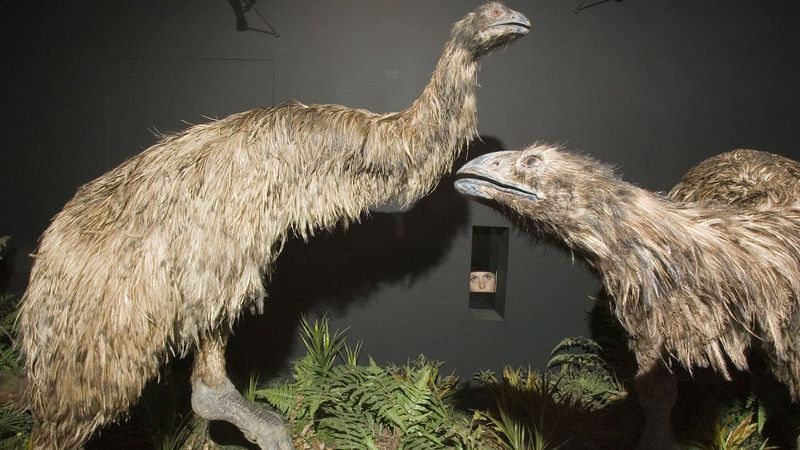In a world where science fiction meets reality, researchers are pushing the boundaries of genetics and technology to bring extinct species back to life.
This fascinating journey explores fifteen creatures that once roamed our planet, now the focus of intense scientific efforts to resurrect them.
From the iconic Woolly Mammoth to the enigmatic Tasmanian Tiger, these animals are being sculpted back from extinction with cutting-edge techniques.
Let’s delve into the captivating stories behind these ambitious projects and the potential impact on our understanding of nature and conservation.
1. Woolly Mammoth
Imagine a world where the mighty Woolly Mammoth roams the icy plains once more! Extinct around 4,000 years ago, this colossal creature is the focus of groundbreaking genetic work.
Scientists are using Asian elephant DNA and CRISPR technology to craft a hybrid capable of thriving in cold climates. Picture these majestic beings, with their long, curved tusks and shaggy fur, strolling through snowy landscapes.
The revival of the Woolly Mammoth isn’t just about bringing back a species; it’s about rewilding our planet and restoring lost ecosystems.
2. Passenger Pigeon
Once a symbol of abundance, the Passenger Pigeon filled North American skies in staggering numbers. Sadly, its story ended in 1914. But hope is on the horizon as scientists work tirelessly to resurrect this avian wonder.
By utilizing band-tailed pigeon DNA, researchers aim to bring back the vibrant flocks that once darkened the skies. Envision these birds, with their elegant forms and graceful flight, reinhabiting their native habitats.
De-extinction efforts promise not just a revival of a lost species but a potential revitalization of entire ecosystems.
3. Tasmanian Tiger (Thylacine)
The enigmatic Tasmanian Tiger, or Thylacine, vanished from the wild in 1936, leaving behind a legacy of mystery and allure. Today, Australian scientists are on a mission to breathe life back into this marsupial predator.
Through advanced gene-editing techniques and preserved thylacine DNA, they’re piecing together its genetic puzzle. Picture this elusive hunter, with its distinct stripes and wolf-like features, prowling through Tasmania’s dense forests once again.
Reviving the Thylacine isn’t just about curiosity; it’s about righting ecological imbalances.
4. Dodo
The Dodo, a symbol of extinction, vanished from existence in the late 1600s. Yet, hope flickers as science attempts to resurrect this peculiar bird. Through DNA extracted from museum specimens, researchers are exploring the possibility of bringing back the Dodo using its closest living relative, the Nicobar pigeon.
Imagine this plump and whimsical creature waddling along the beaches once more. Reviving the Dodo is more than just scientific curiosity; it’s a step towards understanding human impact on biodiversity and learning from past mistakes.
5. Pyrenean Ibex (Bucardo)
The Pyrenean Ibex, or Bucardo, made history by becoming the first species to experience de-extinction, albeit briefly. Originally declared extinct in 2000, scientists successfully cloned one in 2003.
Unfortunately, the clone survived only a few minutes. Picture this majestic animal, with its curved horns and agile form, navigating the rugged Pyrenees once again. Scientists continue to refine cloning techniques in hopes of achieving lasting success.
The Bucardo’s story is a testament to human determination and the potential to undo our ecological footprints.
6. Great Auk
The Great Auk, a flightless seabird, disappeared from the wild by the mid-1800s. However, scientists are on a quest to bring it back to life. Utilizing the razorbill, a close relative, researchers hope to restore this iconic creature to the chilly North Atlantic.
Envision the Great Auk, with its striking black and white plumage, standing proud on rocky sea cliffs once more. The revival of the Great Auk isn’t just about nostalgia; it’s a leap towards restoring marine biodiversity and understanding the intricate web of life.
7. Carolina Parakeet
The Carolina Parakeet, North America’s only native parrot, vanished in the early 1900s. Today, scientists are delving into its genetic code, exploring the possibility of revival through compatibility with other parrot species.
Imagine these vividly colored birds, with their bright plumage, flitting through sun-dappled forests again. Resurrecting the Carolina Parakeet isn’t just about reconstructing a species; it’s about reconnecting with the splendor of native biodiversity and recognizing the intricate roles each species plays in our ecosystems.
8. Heath Hen
The Heath Hen, once a familiar sight in eastern North America, took its final bow in 1932. However, it’s not forgotten, as scientists explore genome editing and backbreeding with its close relative, the greater prairie chicken.
Picture this bird, with its unique markings and vibrant display, gracing open meadows once more. Bringing back the Heath Hen is a nod to biodiversity conservation, a commitment to restoring what once was, and a chance to learn from the intricate dance of nature’s interconnectedness.
9. Aurochs
The Aurochs, an ancient wild ox, roamed Europe until its extinction in 1627. Scientists are now working to recreate an animal resembling this mighty beast through backbreeding with hardy cattle breeds.
Picture these impressive creatures, with their grand horns and formidable presence, grazing on open grasslands once more. Reviving the Aurochs isn’t just about nostalgia; it’s an opportunity to reintroduce a keystone species and restore balance to ecosystems that have missed this magnificent grazer.
10. Quagga
The Quagga, a subspecies of the plains zebra, vanished in the late 1800s. But its story doesn’t end there. Through the “Quagga Project,” researchers are selectively breeding zebras with quagga-like traits to recreate this unique animal.
Imagine the Quagga, with its half-striped body, peacefully grazing on sunlit savannas once more. This endeavor isn’t just about bringing back a lost subspecies; it’s about celebrating biodiversity’s rich tapestry and the role of genetic diversity in resilience and adaptation.
11. Irish Elk (Giant Deer)
The Irish Elk, or Giant Deer, with its colossal antlers, roamed until about 7,700 years ago. Despite limited DNA, it’s on the radar for de-extinction due to relatively recent disappearance.
Imagine this majestic creature, with antlers reaching skyward, standing in a misty, primeval forest. Reviving the Irish Elk is a pursuit of wonder and awe, a chance to witness nature’s grandeur and understand the evolutionary tales written in the bones of the past.
12. Labrador Duck
The mysterious Labrador Duck became extinct by the 1870s, leaving behind little clue of its life. The curiosity surrounding its disappearance fuels interest in de-extinction. Imagine this striking bird, with its black-and-white plumage, gliding across reflective lakes once more.
Reviving the Labrador Duck could unlock secrets of past ecosystems and shed light on ecological shifts. It’s not just about the bird itself; it’s a window into the mysteries of extinction and the delicate balance of nature.
13. Steller’s Sea Cow
Steller’s Sea Cow, a gentle giant of the sea, vanished in 1768. Closely related to dugongs and manatees, it’s being considered for revival to aid marine restoration.
Picture this enormous creature, gracefully navigating kelp-rich waters, casting shadows over the ocean floor. Bringing back Steller’s Sea Cow isn’t just about reviving a lost marine mammal; it’s an opportunity to restore marine ecosystems and understand the interplay between species that once thrived in harmony.
14. Elephant Bird
The Elephant Bird, a colossal flightless bird from Madagascar, disappeared around 1,000 years ago. Yet, its legend lives on through fossilized DNA, sparking discussions about its revival. Imagine this towering bird, with its overwhelming presence, strolling across the Madagascan landscape.
Reviving the Elephant Bird is more than a nod to history; it’s a tribute to the marvels of evolution and a reminder of the fragility of life. Such endeavors encourage us to ponder the balance between human progress and nature’s wisdom.
15. Moa
The Moa, giant flightless birds of New Zealand, became extinct by the 1400s. Although revival discussions remain largely theoretical, the possibility is fueled by well-preserved fossil records.
Picture this impressive bird, with its towering height, striding through New Zealand’s dense forests. Reviving the Moa would not only bring back a piece of ancient Australasia but also serve as a living lesson in extinction’s impact and the resilience of ecosystems that once hosted such giants.
